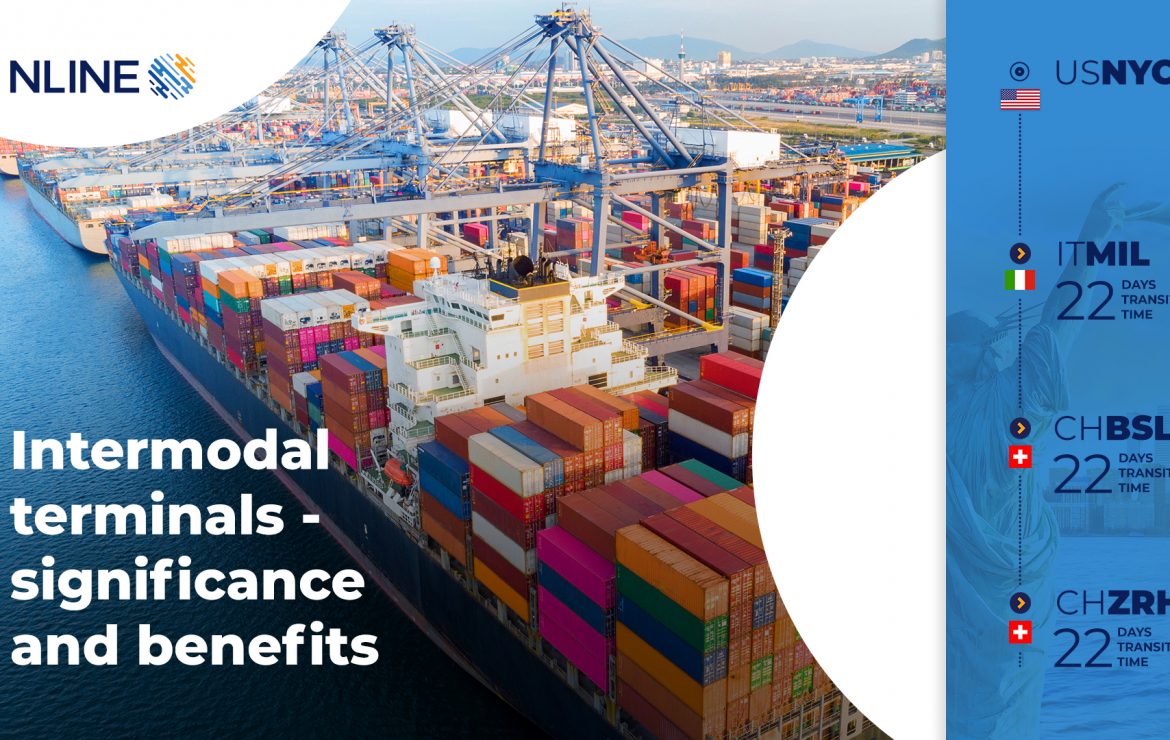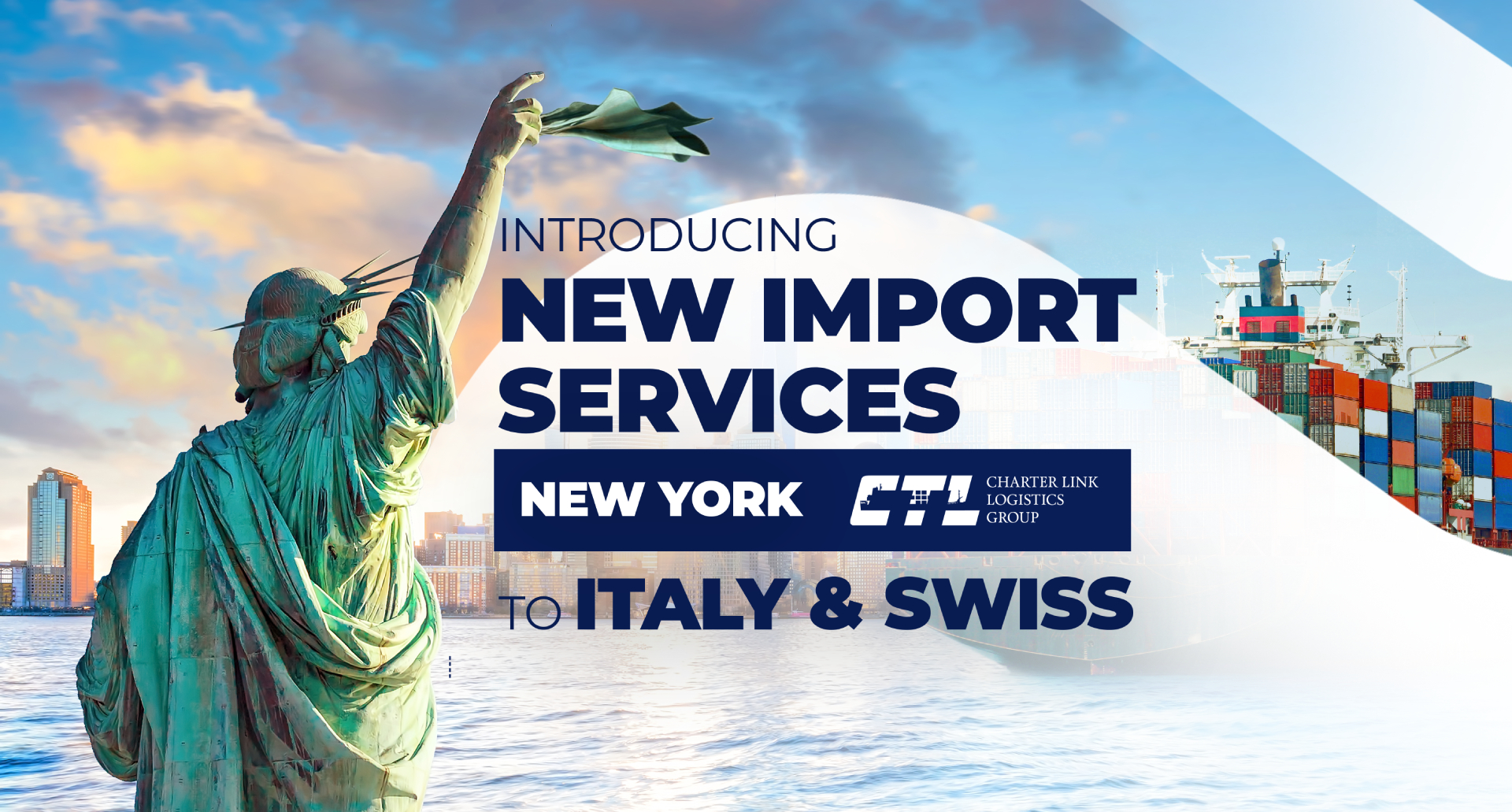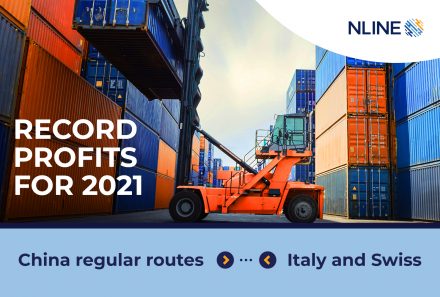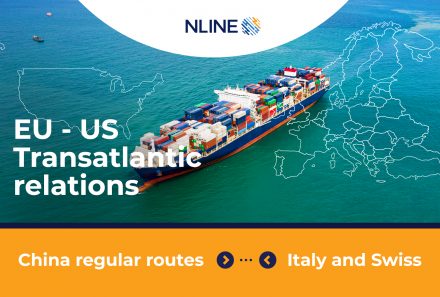
Intermodal terminals- significance and benefits
By activating the intermodal terminal, the customers are enabled to reduce logistics costs and to have faster, safer and better transport service. It makes the connection between significant markets and numerous functions and benefits.
Some of the reasons and needs of these terminals existing are better use of the advantages of the types of transport, need to connect many spatially distributed senders and recipients of goods and large transport costs per unit of certain modes of transport.
Three major types of intermodal terminals are:
Port terminals – transferring cargo between ships and land transportation
Rail terminals – For inland intermodal chains rail terminals are linked with port terminals. The fundamental difference between an on- dock and a near-dock rail facility is not necessary the distance from the terminal facilities, but terminal clearance.
Distribution centres with its 3 main functions:
- A transloading facility mainly transfers the contents of maritime containers into domestic containers or truckloads (or vice-versa).
- Cross-docking is another significant function that commonly takes place in the last segment of the retail supply chain.
- Warehousing is a standard function within supply chains.
Benefits:
- PRICES – Shippers turn to intermodal when they’re looking for better prices
- Rails Keep Getting Better
- Intermodal Across the Border
- Moving with Precision
- Rail Takes Ports Inland
- Reducing Costs and Footprint
Intermodal transport is synonymous with economical, efficient and environmentally sustainable global movement of all types of goods.
This system implies taking advantage of all modes of transport during the transport chain with the concept of intermodality.
Intermodal transport is a system that involves door-to-door transport under the responsibility of one carrier, ie. intermodal transport operator, with the participation of at least two modes of transport. Further, this is the combined transport in which most of the transport route is realized by rail or water transport, and the initial and final operations are performed using road means of transport. In addition to the transport of containers, parts of vehicles or complete vehicles of one type of transport (road, rail, water) by another type of transport, it also includes the application of pallet systems.

The intermodal transport chain involves four basic processes:
Merger – is the process of collecting and consolidating cargo at terminals. The terminal is located at the junction of the local and regional distribution system and at the junction of the national and international distribution system. It would be best if the cargo from the suppliers arrives at the distribution center united and consolidated. To perform this process, it is best to use road transport because it is flexible and is most suitable for providing “door-to-door” service. The merging process also includes activities that are closely related to the production function, such as packaging and storage.
Connection – represents a consolidated traffic flow (freight train, container ship or even truck convoy) between at least two terminals, which takes place in the national or international freight distribution system.
Changing the type of traffic – is the most important process in the intermodal transport chain. This process takes place in terminals. The terminals provide efficient continuity within the transport chain.
Unbundling – Cargo arriving at a terminal located near its destination should be dismantled and transferred to a local or regional distribution system. This process is related to consumption and is mostly realized in urban areas.






